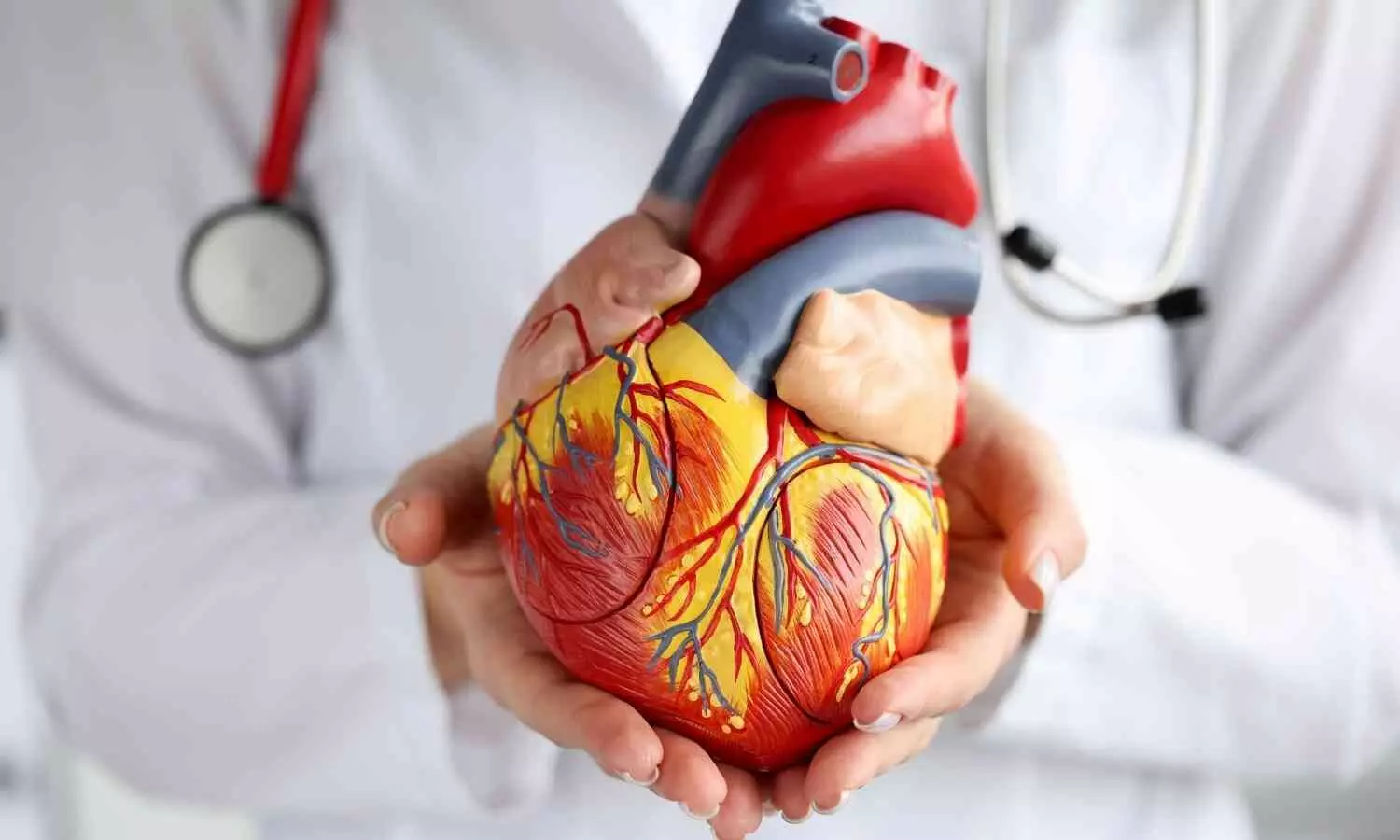AI can predict high-risk arrhythmia patients, may prevent sudden death

London: Artificial intelligence (AI) is showing promising potential in identifying patients at risk of life-threatening arrhythmias that could trigger sudden cardiac arrest, according to a groundbreaking new study soon to be published in the European Heart Journal.
Researchers from Inserm, Université Paris Cité, and the AP-HP hospital group, in collaboration with scientists from the United States and engineers from Cardiologs (a Philips group company), have developed a sophisticated artificial neural network capable of mimicking the functions of the human brain. This system, trained on massive volumes of electrocardiogram (ECG) data, aims to enhance early detection and prevention of sudden cardiac death.
The study analyzed more than 240,000 ambulatory ECG recordings, covering several million hours of heartbeat data collected from patients across six countries — the USA, France, UK, South Africa, India, and Czechia. By employing deep learning techniques, the AI algorithm was able to detect subtle signals in heart rhythms that are often undetectable through conventional analysis.
Crucially, the algorithm successfully identified patients at risk of developing serious ventricular arrhythmias — irregular heart rhythms that can lead to sudden cardiac arrest — within a two-week period in over 70% of cases. Even more impressively, it correctly identified patients who were not at risk with an accuracy of 99.9%.
Sudden cardiac death remains a major global health issue, responsible for over five million fatalities annually. One of the greatest challenges in preventing these deaths lies in accurately identifying individuals at risk before a fatal episode occurs. This study offers a significant step forward in meeting that challenge.
The AI system developed by Cardiologs works by analyzing how the heart's ventricles electrically activate and relax over a full contraction-relaxation cycle. This aspect of cardiac activity, though subtle, holds key predictive information. By continuously monitoring and interpreting these signals, the AI was able to detect early signs of electrical instability that precede arrhythmias.
Dr. Laurent Fiorina, a researcher at the Paris Cardiovascular Research Centre (PARCC), Inserm, and Université Paris Cité, emphasized the clinical potential of this breakthrough. “By analysing 24 hours of heart electrical signals, we found that we could accurately identify individuals likely to experience serious arrhythmias in the next two weeks,” he said. “These arrhythmias, if left untreated, can quickly progress to fatal cardiac arrest.”
While the AI model remains in the validation phase, researchers are optimistic about its future applications. The tool could soon be used in hospital settings to monitor at-risk patients. With further refinement, it may also be integrated into wearable technology, such as ambulatory Holters or even consumer-grade smartwatches, to offer continuous risk monitoring outside clinical settings.
Looking ahead, the research team plans to launch prospective clinical trials to evaluate the algorithm’s performance in real-world medical environments. If successful, the tool could revolutionize how arrhythmias and sudden cardiac death are predicted and prevented, potentially saving millions of lives globally.


